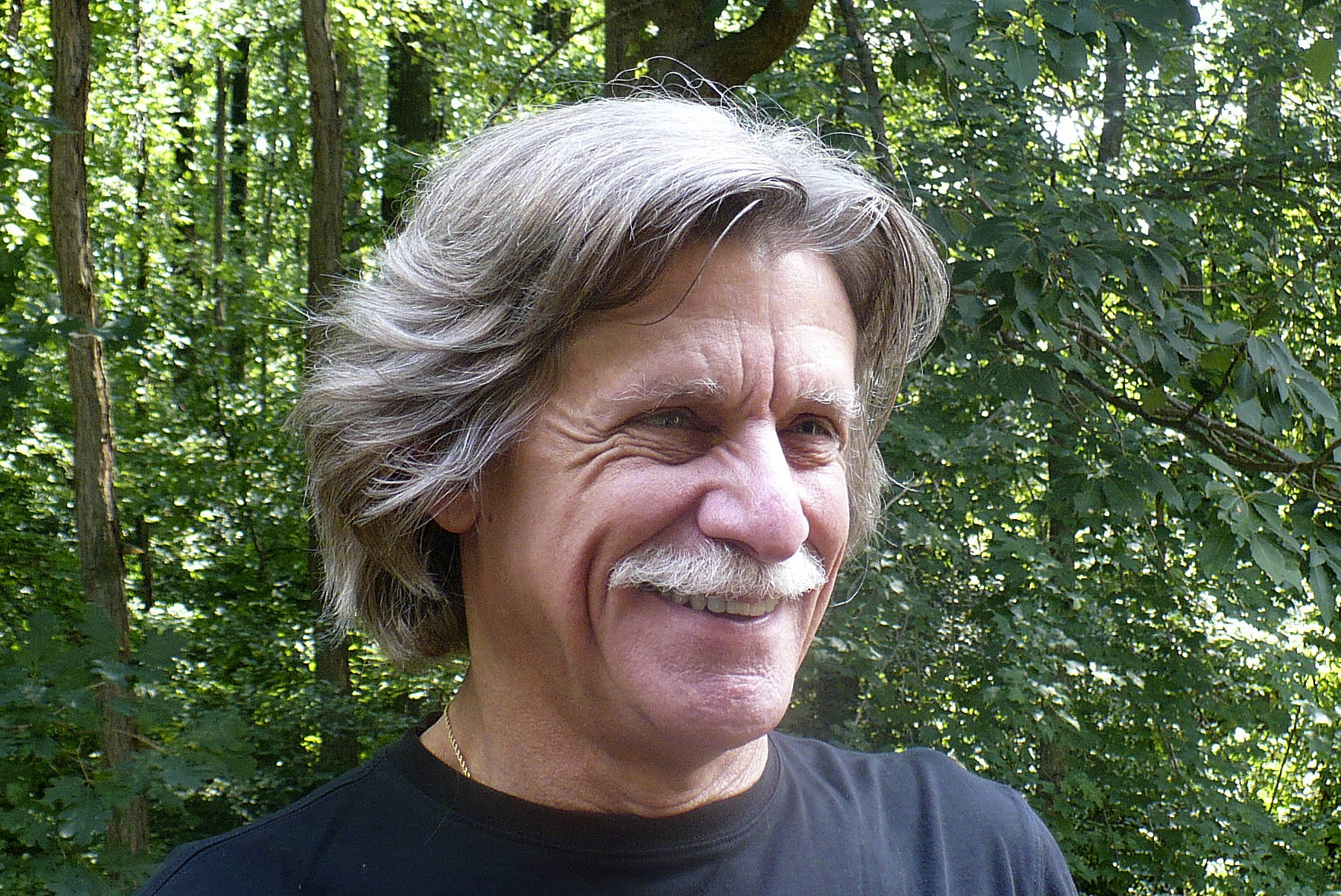I realized the other day that when I go for a ride on my bike or drive my car anywhere, I usually don’t encounter any problems at all. When I do? Oh boy, do I remember it! I suspect that’s true for most of us.
The “problems” I’m talking about are the interactions we have with others, whether they’re in a car or on a bike. It’s the driver who pulls out in front of you, speeds past on a blind curve, leans on the horn and throws insulting gestures; it’s the cyclist who rides in the middle of the lane, darts through or across traffic, bombs down a trail, yells and throws insulting gestures. It’s those who ignore or knowingly violate the rules of the road.
It’s the person who behaves as if he personally owns the road or trail or pathway he’s using, who does whatever she wants to do — who act as though everyone else doesn’t belong there and treats them as an inconvenience, an interloper, or worse.
You’ve had these kinds of problems from time to time while out in your car or on your bike, right? You’ve encountered this kind of behavior?
Now sometimes people are just having a bad day and the last thing on their mind is being courteous and respectful to others on the road or the trail. We’ve all been there … and later regretted our behavior. And sometimes it’s just being uninformed, misinformed, or not understanding the need for mutual courtesy and respect if we’re all to be safe on the road or the trail.
Did you know, for instance, that under Washington State law a bicycle is a legal road vehicle, just like a car? That means when riding on the road a cyclist has all the rights and responsibilities of a vehicle driver. So when, as a motorist, you see cyclists on the road, treat them accordingly — as a vehicle operator just like you. At the same time you have every right to expect that the cyclist will be a responsible “vehicle operator” — that they will obey the rules of the road.
Of course we can’t lose sight of some important differences, the first being that most cars outweigh a cyclist by a factor of 20. Another is that, even today (even here in Sequim) many drivers don’t regularly encounter cyclists on the road and when they do they can get nervous and overly cautious. While most cyclists also drive cars, most motorists don’t ride bicycles. Finally, few roads are built with bicycle traffic or cyclist safety in mind.
How does a cyclist deal with those differences?
We start with some very basic principles: Be visible. Be predictable. Be alert. Be protected.
Being visible is the single most effective safety practice for any cyclist. That’s why we wear bright colors during the day and reflective clothing at night. It’s why we have (as required by law) front and rear lights on our bikes, and a rear-view mirror on the bike or helmet.
Being predictable means riding with traffic (it’s the law), signaling turns using standard arm signals—left arm stretched out straight for a left turn or bent at the elbow for a right turn, right arm out straight for a right turn, obeying traffic signs and laws. Weaving in and out of traffic is a no-no. We stay as far to the right as we can safely, but if we need to, we may “take the lane,” which means moving to the center of the lane to negotiate a turn, an intersection, a traffic circle, or an obstacle. We’ll signal that intention with our left arm pointing out and down to the road. When we’re in groups, riding single-file is the norm — and the safest.
Being alert means we pay attention to the road, the traffic, and our surroundings (just like a good motorist!) We keep an eye out for hazards like glass, potholes, or car doors that might open suddenly. We look behind us before passing another cyclist on the left (always on the left) to make sure we’re not pulling out in front of a car and forcing it to move across the center lane marker.
Being protected is wearing a properly adjusted helmet. It’s making sure our bike is safe — operable and maintained (just like the driver of a car!). It’s recognizing that if we insist on the right-of-way, it can end up far worse for us than a motorist. It’s understanding that roads are, in most cases, designed for cars, not bikes.
In addition to these core principles and practices, we do our best to model courtesy and respect — good manners — on the road and the trail. Our “code of conduct” as cyclists: Be nice. Be friendly. Be patient.
When you think about, that’s a pretty good code of conduct for motorists, too.
Let’s all try to make “Share the Road,” and “Share the Trail” more than just slogans. We believe if you treat others using the same space with the kind of courtesy, respect, politeness, and care we expect, then everyone gains and the “problems” we encounter are few and far between.
Sequim and the Dungeness Valley (as well as the “great beyond” of the rest of the Olympic Peninsula) are extraordinary places for a cyclist to ride. But don’t just take my word for it. Come “Ride the OP” and see for yourself: discover a whole new world of fun and friendship!
Ken Stringer is President of the Olympic Peninsula Bicycle Alliance. For more information on cycling in the area, go to olympicpeninsulacycling.com or contact the author at opcycling@gmail.com.



